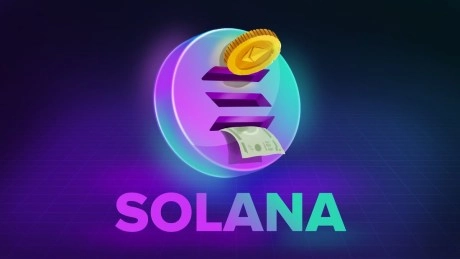With ColdBlock, samples up to 20g can be digested in under 30 minutes.
ColdBlockTM Technologies Inc. is advancing the use of its innovative digestion technology for applications in black mass testing and analysis. Black mass is a product of the battery recycling process – it is a concentrated, complex mixture of valuable metal oxides and compounds left after shredding and processing spent lithium-ion batteries.
The increasing global demand for electric vehicles, and other battery-operated devices, has led to a significant rise in the production of lithium-ion batteries. As these batteries reach end of life and are recycled, testing and analysis is critical to determine whether valuable metals such as lithium, nickel, manganese, and cobalt can be recovered.
The testing and analysis of black mass is critical to assess the quality and contents of the material, ensure efficient recovery of valuable metals, and optimize the subsequent refining process. Sample digestion is a vital step in the elemental analysis process, as it ensures that sample material is accurately, consistently, quickly and safely prepared for analysis.
ColdBlock is the first and only sample digestion technology that uses focused short-wave infrared heating and a cooling zone to dissolve solid sample matter into a solution for analysis. This allows for the digestion of a variety black mass samples to happen in minutes, and the contents to be assessed in a safe and simple process.
The ColdBlock R&D Lab has developed two new black mass digestion methods that deliver accurate results in under one hour. One of the most compelling outcomes is the ability to digest larger sample sizes – which is critical given the lack of homogeneity inherent in this sample type:
ColdBlock Near-Total Digestion Method ColdBlock Leach Digestion Method Digestion Time 50 minutes 25 minutes Sample Size 0.2g 20g Recoveries Consistent with digestion/fusion of the residue method Consistent with digestion/fusion of the residue methodVisit ColdBlock.ca for the full application note.
Lorie-Anne Doig, Director of Laboratory Services at ColdBlock explains the benefit of the larger sample sizes. “The contents of black mass tend to be inconsistent as they differ from source to source, given that there are many different approaches to battery recycling. The variability in particle size, morphology and distribution of metals adds to the challenge of obtaining a representative sample for analysis. Larger sample sizes ensure that more regions of the bulk material are included, thus reducing the risk of biased results. With ColdBlock, sample sizes of up to 20g can be digested efficiently. This is a significant advantage in black mass sample analysis.”
Gain confidence in quantifying the contents of the black mass your organization is processing. Contact ColdBlock to learn more about these sample digestion methods, and to have your black mass samples tested by the ColdBlock R&D Lab. Reach out at [email protected].
About ColdBlock Technologies Inc.
ColdBlock sample digestion technology uses focused short-wave infrared heating and a unique cooling zone to dissolve solid sample matter into solution for multi-element analysis with a significantly faster, simpler, and safer process compared with older digestion methods. ColdBlock’s sample digestion system is being used in laboratories across several industries, saving time and money by increasing sample throughput capacity and significantly reducing turnaround times, while providing accurate and reliable results. ColdBlock Technologies Inc. is a privately owned company based in Ontario, Canada.
For further information, visit www.coldblock.ca and follow us on X and LinkedIn .
For media inquiries, please contact:
Craig West
Resource World Magazine Inc. has prepared this editorial for general information purposes only and should not be considered a solicitation to buy or sell securities in the companies discussed herein. The information provided has been derived from sources believed to be reliable but cannot be guaranteed. This editorial does not take into account the readers investment criteria, investment expertise, financial condition, or financial goals of individual recipients and other concerns such as jurisdictional and/or legal restrictions that may exist for certain persons. Recipients should rely on their own due diligence and seek their own professional advice before investing.



